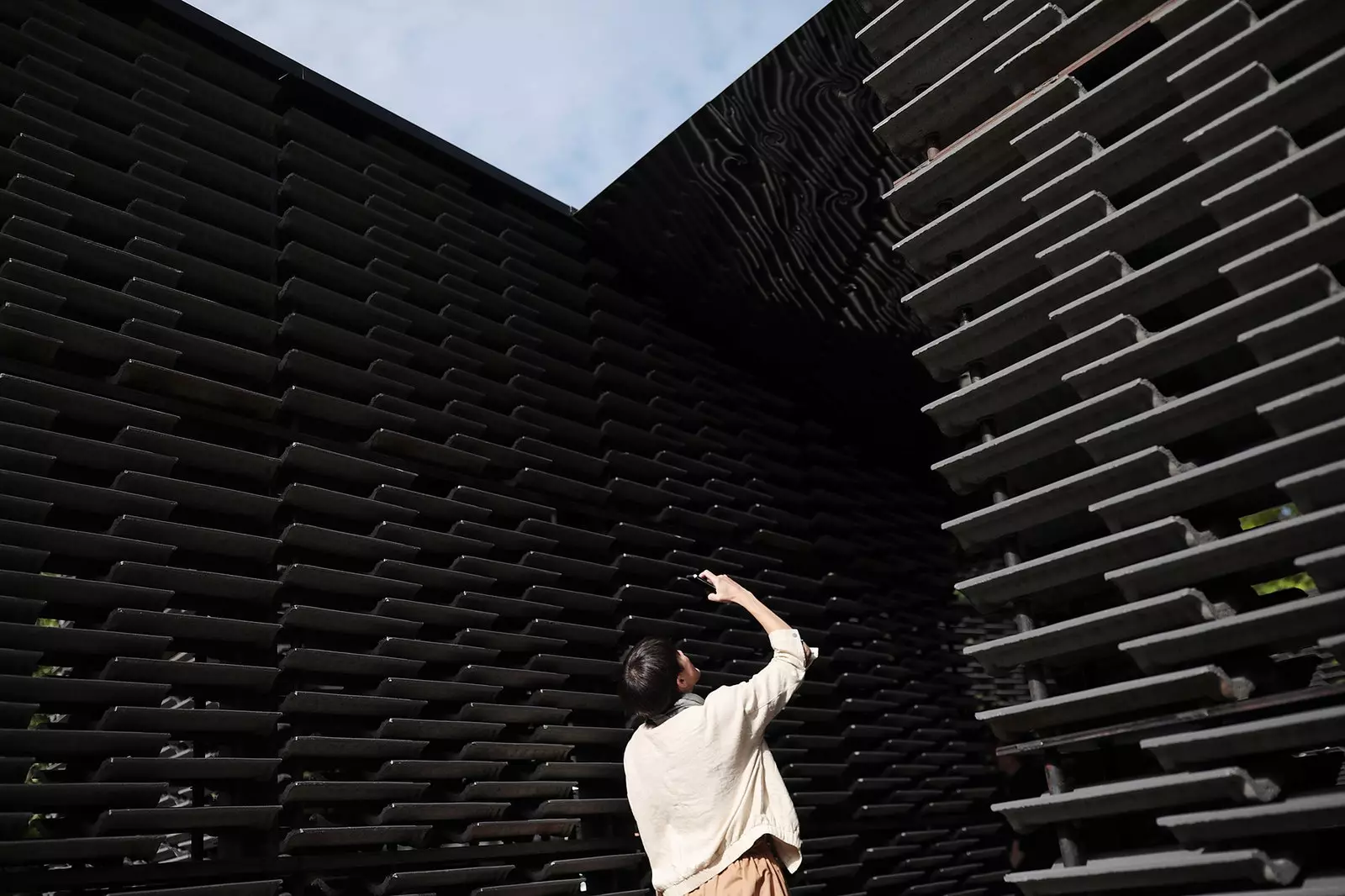
Serpentine Pavilion
Today the ribbon is cut on one of the most outstanding events of the European cultural summer. In the kensington Gardens, the most pitiminí area of Hyde Park, opens the serpentine pavilion, a pop-up space for culture, exhibitions, cinema and conferences.
And, in turn, a notable and recurring event for a world, that of architecture, that does not usually have regular news of this caliber.
FIRST WAS THE TEA
But beyond the media coverage and professional recognition, the Serpentine Pavilion is a must of the London summer for different reasons.
To understand it, you have to go back to the 1930s, when the Welsh architect James Gray West designed a tea house on the west bank of The Serpentine Lake in Hyde Park.
The building was not and will not be much. In fact, West's career could be summed up as a reliable designer, classic and with no greater desire than to make beautiful things for a somewhat outdated caste. And he did well.
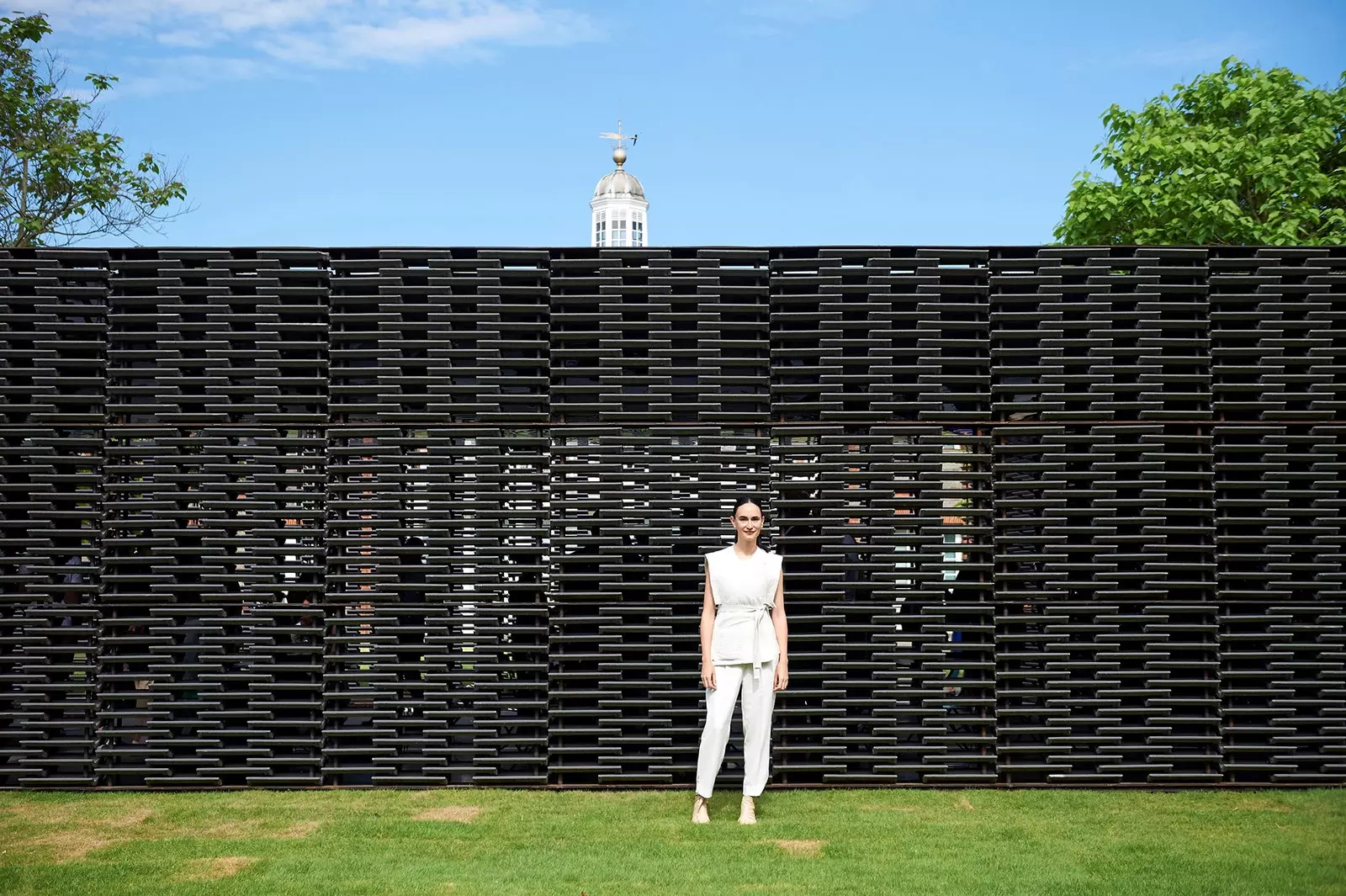
Frida Escobedo in front of her work
The fact is that, it is not known whether due to punk or the weariness of the new generations, this cute local business for snacks and bridge games closed its doors and reinvented itself in state art gallery in the 70s. Its break was not only with its old use, it was also conceptual. Those artists who shared West's style were not going to exhibit here.
Here the new, the radiant, the disruptive and the scandalous were going to be welcomed. Namely, Basquiat, Warhol, Man Ray, Koons, Hirst, Kapoor or Abramovic in what ended up becoming a TATE Modern before the TATE Modern was born.
And all this collusion was called Serpentine Gallery, like the pond, and they opened it wide and totally free for all so as not to break with the policy followed by all publicly owned or managed London museums. The result is indisputable: today it is visited by more than a million people every year.
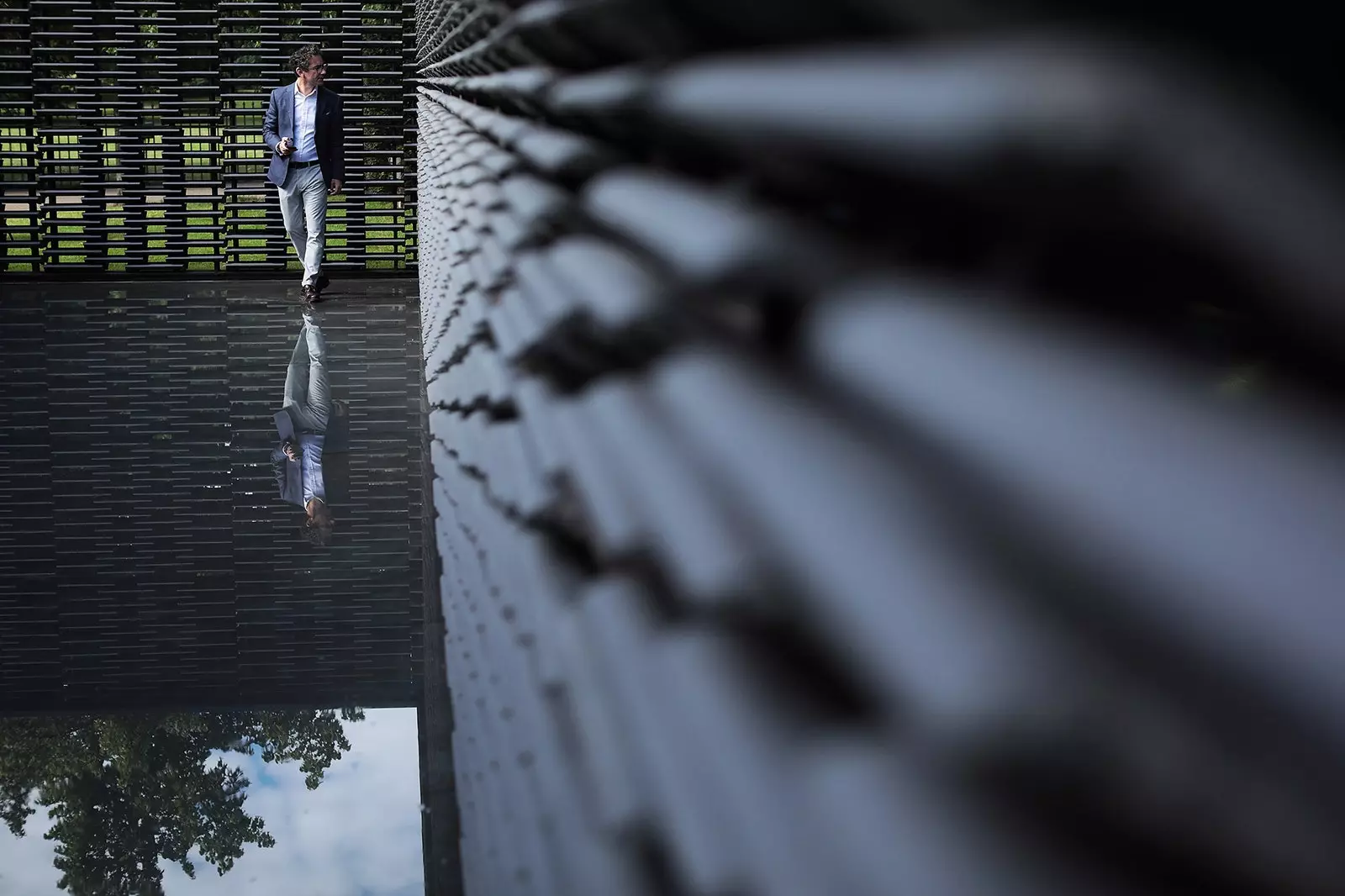
The Mexican Frida Escobedo revolutionizes London
CURATED ARCHITECTURE...
It was in the year 2000 when the director Julia Peyton Jones looking for a way to celebrate 30 years of existence of the gallery. Her idea was clear: build a less classic (and more versatile) space to commemorate this event with a lavish gala and dismantle everything the next day.
And yet when Peyton-Jones and then Secretary of State for Culture Chris Smith saw the design of Zaha Hadid, decided that this had to last longer, that that tangle of triangular windows deserved to last all summer on the city lawn.
That wonderful creation inspired a new idea: Why don't we invite a different architect each year to present his advances and constructive concepts in this space?
Thus the Pavilion was born, an honest way of bringing architecture closer to the public, of showing them live and directly what is being done in other parts of the world and expressing the concepts behind each great current designer.
Of course, beyond the quality, the chosen architects had to meet the requirement of never having designed anything in the United Kingdom. First of all, disclosure.
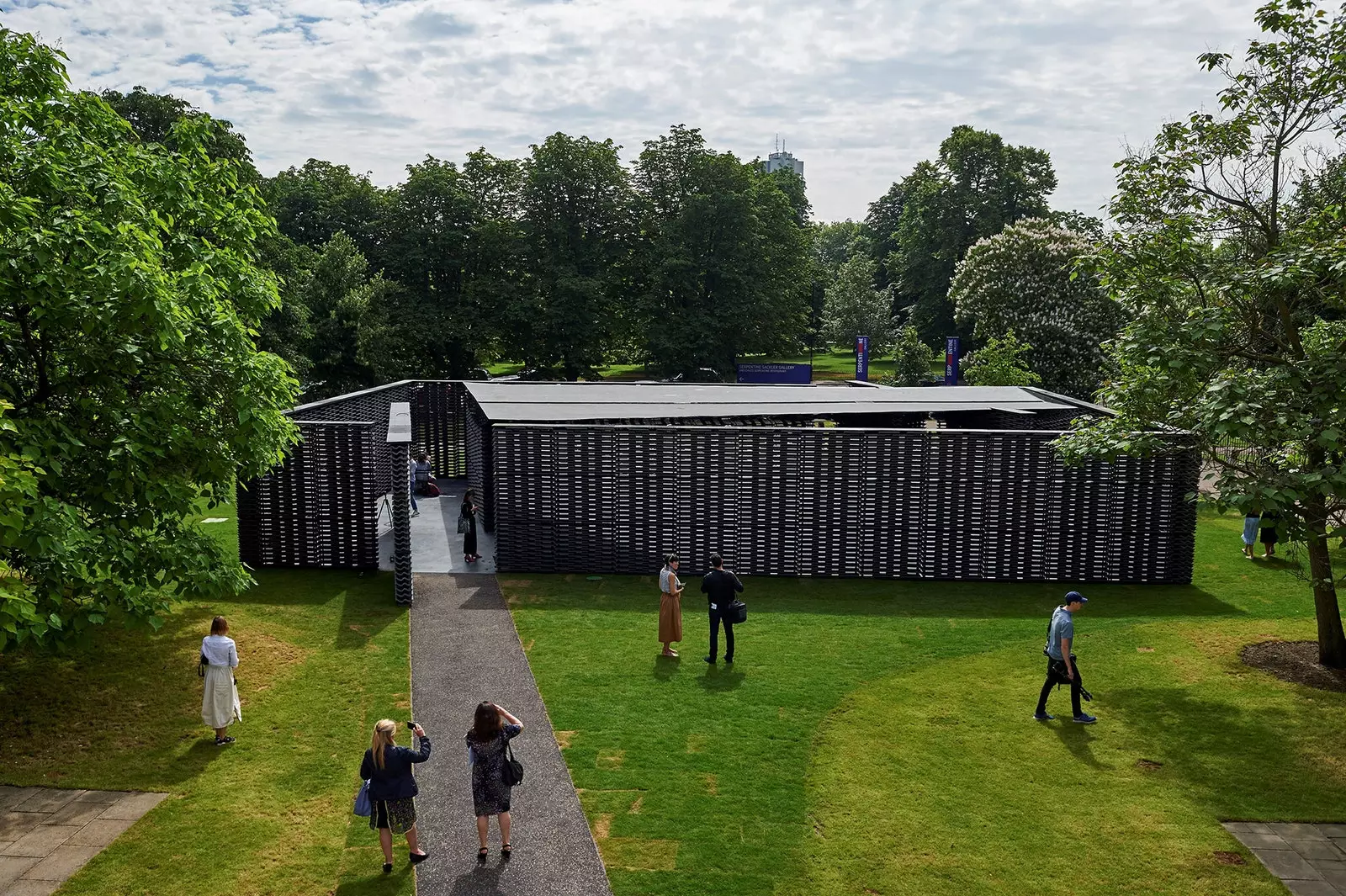
The Serpentine Pavilion from above
...AND MUCH MORE
Like any construction, the Serpentine Pavilion required a use, and they gave it. Today it serves to bring the work of each architect closer to the general public as well as to screen documentaries, give talks and close distances in a world that has not yet globalized in aesthetic terms.
It also usually hosts one of the concerts, performances and plays of Park at Night, the Serpentine gallery's programming for the most benign months in the City.
And of course different papers that usually have as a star the artists/designers/architects who have raised it in each edition.
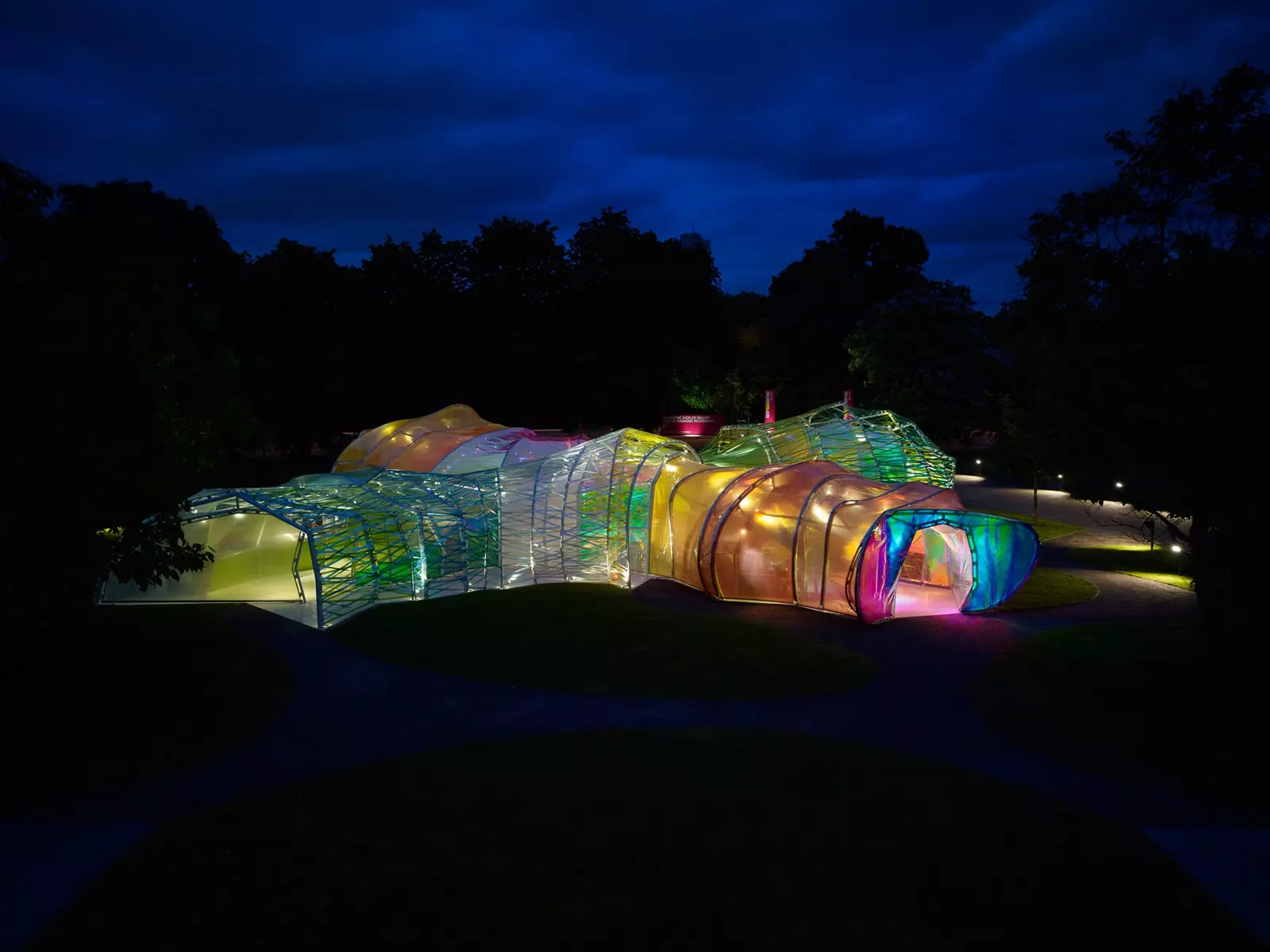
The inflatable gallery signed by the Spanish studio Selgascano in 2015
WHAT A HALL OF FAME!
Today Signing a Serpentine pavilion is like winning an Oscar. It does not have much economic return, but for the international reputation of each artist it is usually an incentive and a 'regram' in terms of his work.
Without going further, Selgascano (the only Spanish studio that has been invited to create a Pavilion) have recognized on more than one occasion that having signed that 2015 inflatable gallery has opened many doors to other Biennials and Triennials around the world.
The reasons are very diverse. Without going further, The ubication. Exhibiting in the epicenter of the summer in London is a media and popular guarantee. Then the paraphernalia of talks, soirees and guided tours that make each creator's reputation grow.
And of course, the synergies that can arise before and after installation. Not in vain, throughout its short history, artists have joined forces with architects to generate unrepeatable works, as was the case with Cecil Balmond and Toyo Ito in 2002 or that of Ai Wei Wei and Herzog & de Meuron in 2012.
The fact is that prestige is also provided by the rest of the architects who have developed their work here, in a list that highlights Rem Koolhas, Alvaro Siza, Frank Gehry, Jean Nouvel or Peter Zumthor.
The big absences? Well, clearly those long-winded studies in projecting in London and the rest of the Kingdom as Norman Foster, Renzo Piano or Richard Rogers, although other relevant firms are also missing, such as MVRDV (they already tried in 2004, but the pavilion was not built that year), Rafael Moneo, Alejandro Aravena or Tadao Ando.
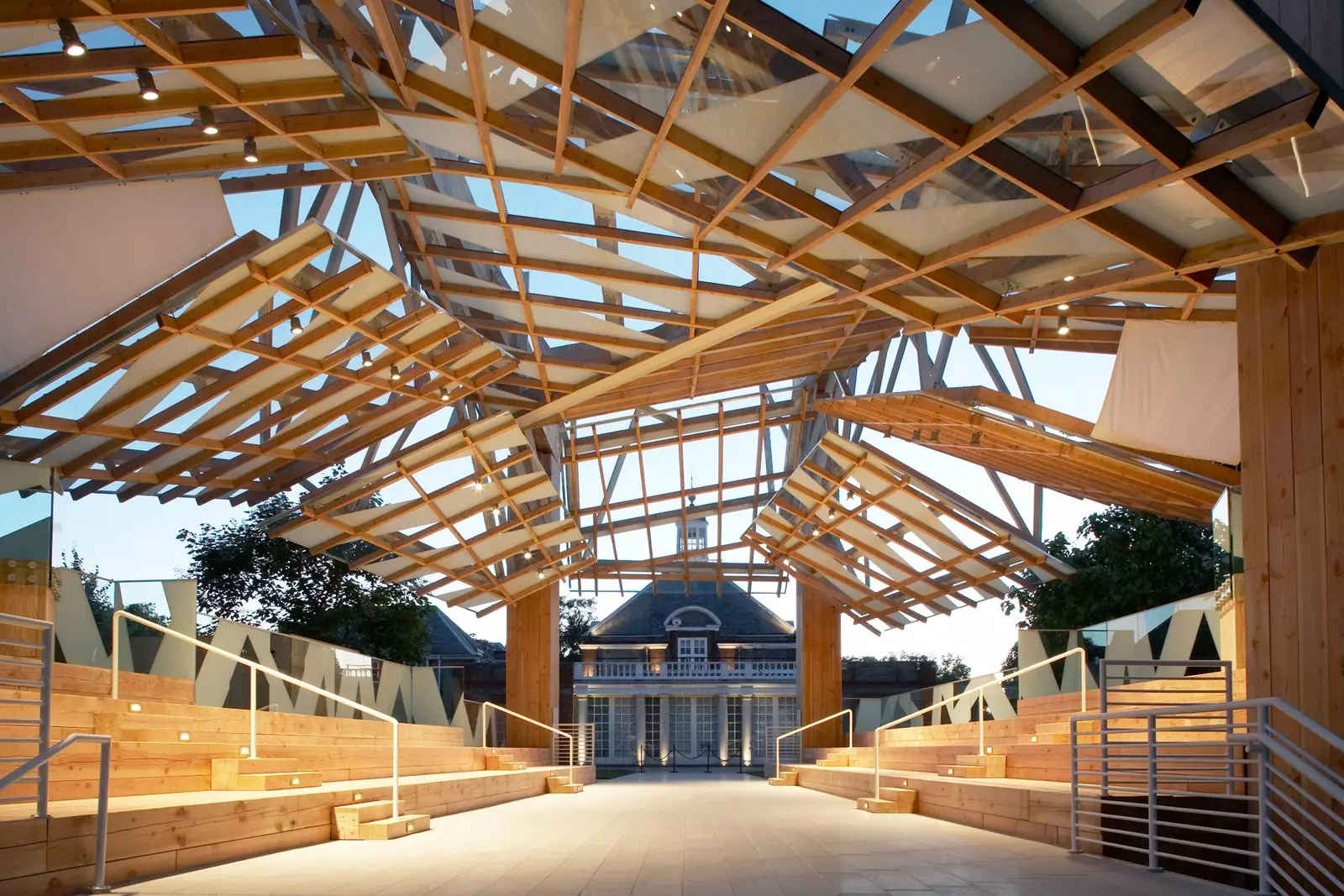
Serpentine Gallery Pavilion 2008, designed by Frank Gehry
AND THIS YEAR…. FRIDA ESCOBEDO!
This summer the joys are various and for many reasons. The first, that the Serpentine has put the spotlight on Mexico and its architectural spring that drinks from the sources of Barragán and updates his ideals.
The second, that bets on a Latin American study for the third time in 18 editions (after Niemeyer and Smiljan Radic Clarke) . The third, which is the second time a woman takes on this challenge, after Zaha Hadid, although that does not mean that Kazuyo Sejima (SANAA) or Lucía Cano (Selgascano) have had 50% or more responsibility for these creations.
Because, if something stands out about the Serpentine, it is that his vision of architecture is global, joint and avant-garde and perhaps it has become a fairer recognition than that of the Pritzker Prizes.
And the fourth, which is the youngest, barely 39 years old, which shows that it does not require extra maturity to change the world.
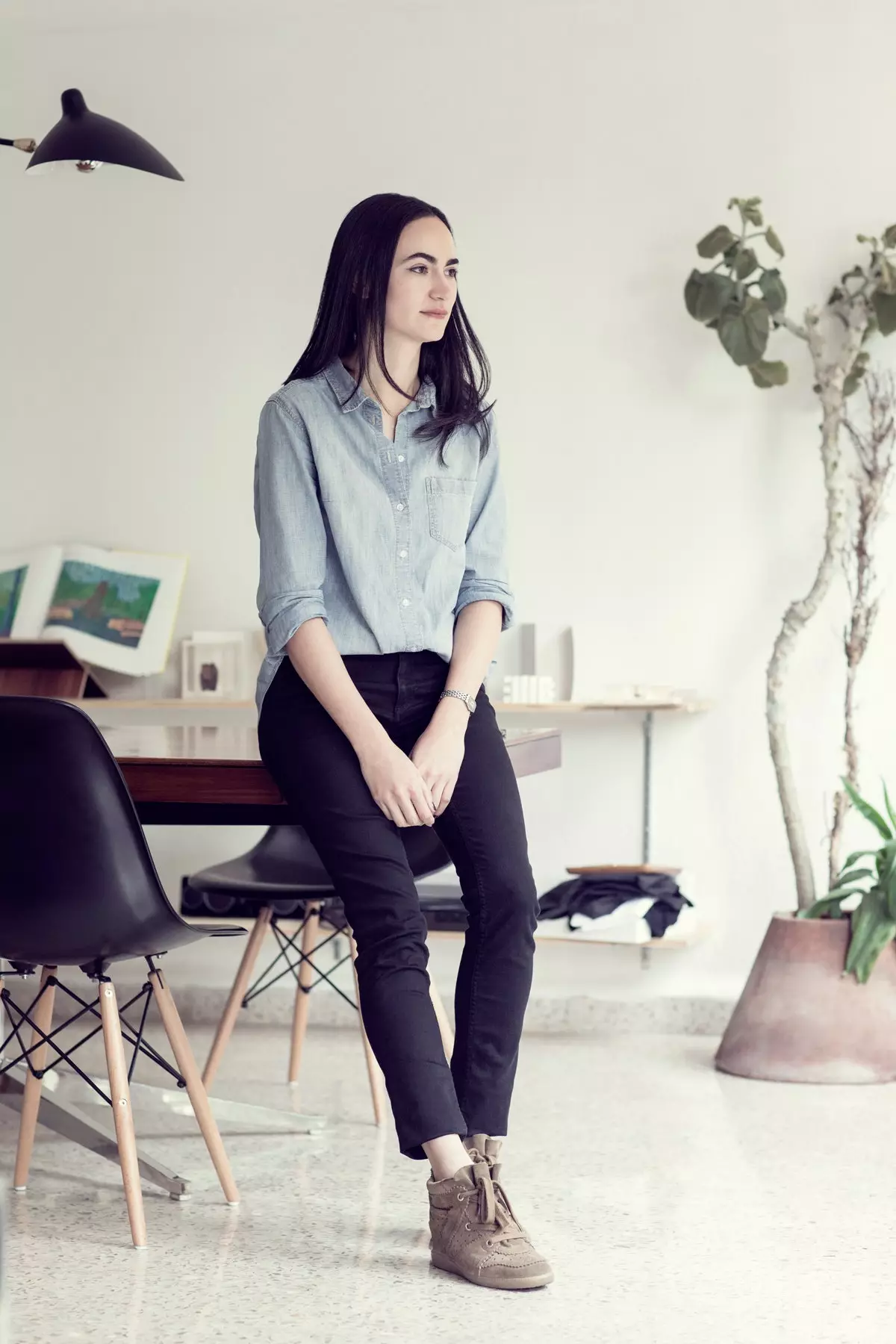
Frida Escobedo presents a Pavilion that combines British sobriety and Mexican authenticity
Frida Escobedo, faithful to her style, has brought to the green heart of London her local and rooted vision of the architecture in which She starts from traditional materials and styles to give them an intelligent, innovative and social use.
That's why she has raised a huge latticework parallel to the Greenwich meridian made with the accumulation of black concrete tiles.
British sobriety and Mexican authenticity, since this type of light and fresh walls are typical of the North American country. With this element as the axis of everything, she manages to create a space in which light and shadow play with the retina all day long, aided by a mirror of water.
To this must be added a curved roof that reflects natural light, creating views that are not delimited by the edges of the construction. And all this can be enjoyed until October 7 this year.
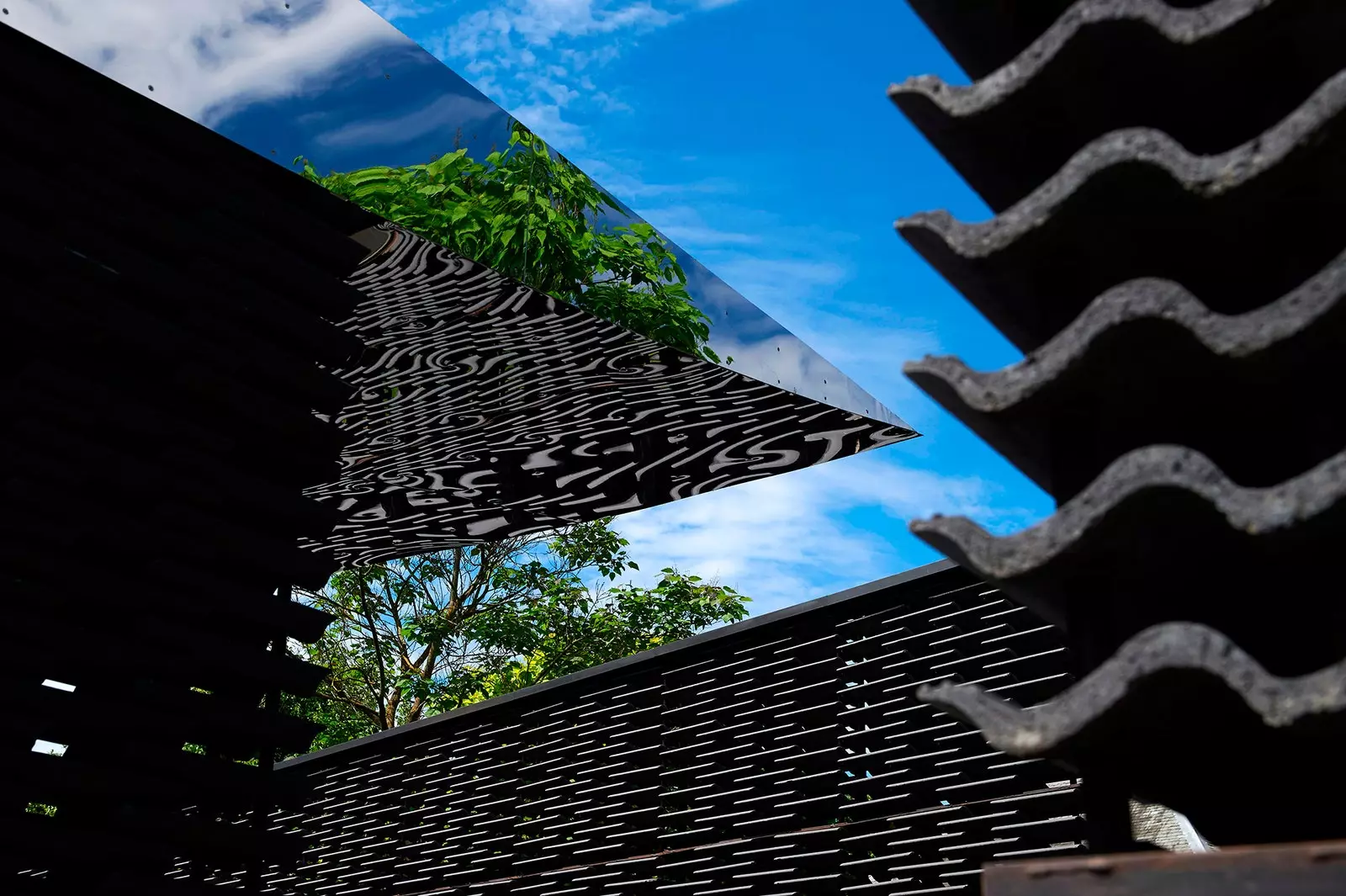
Detail of the Serpentine by Frida Escobedo
